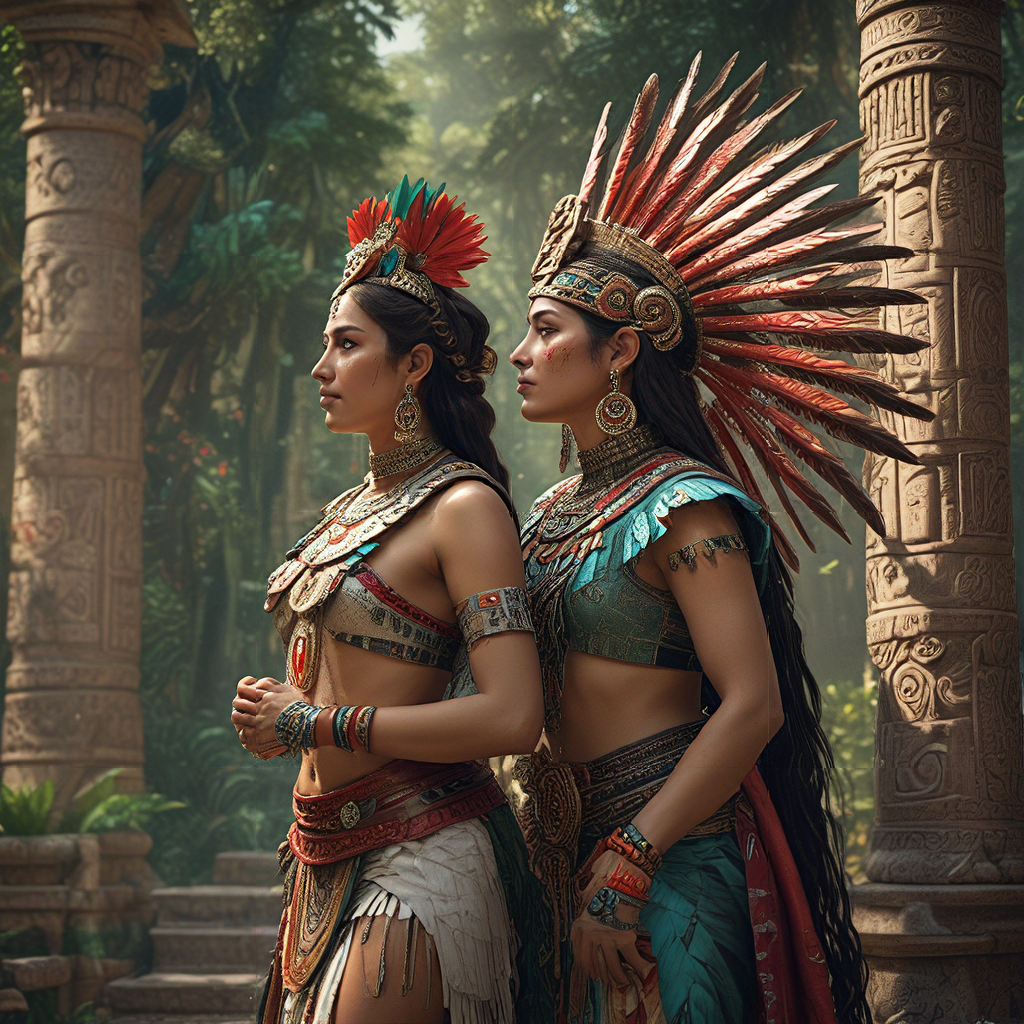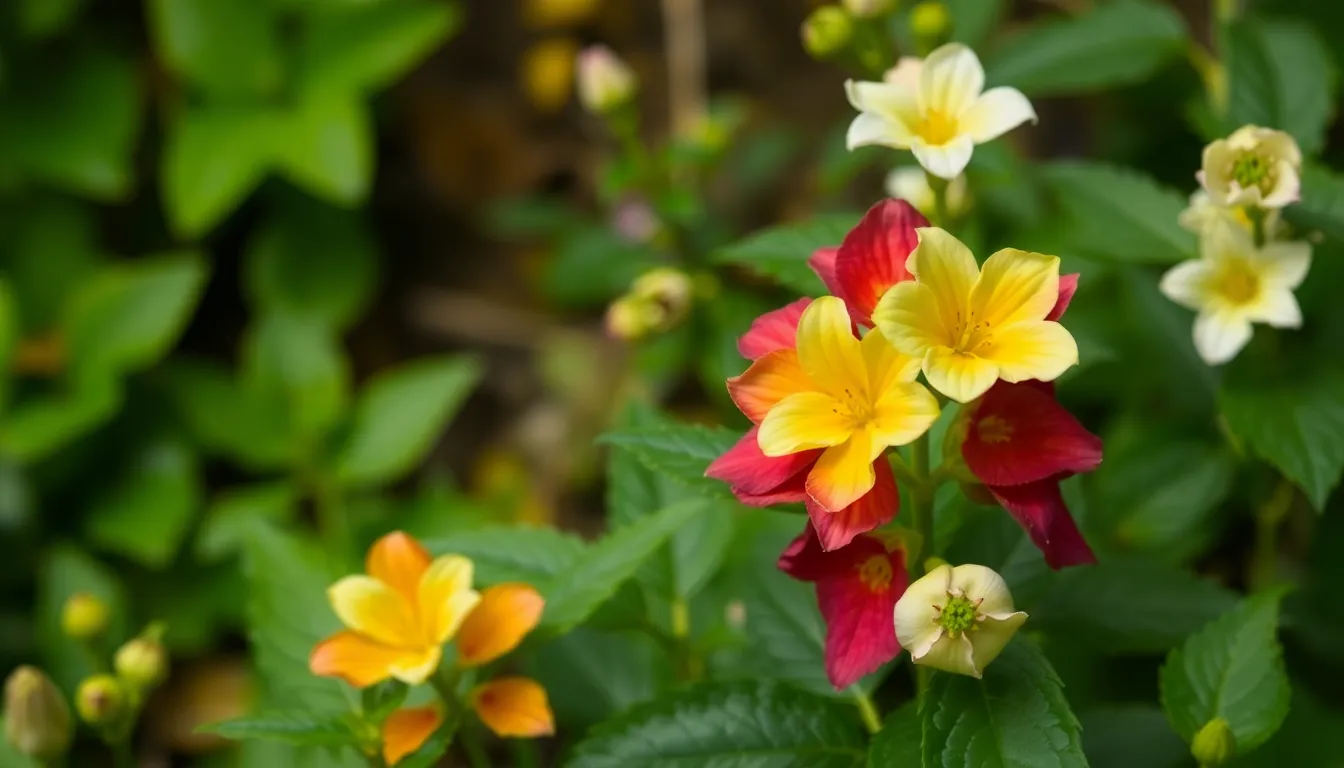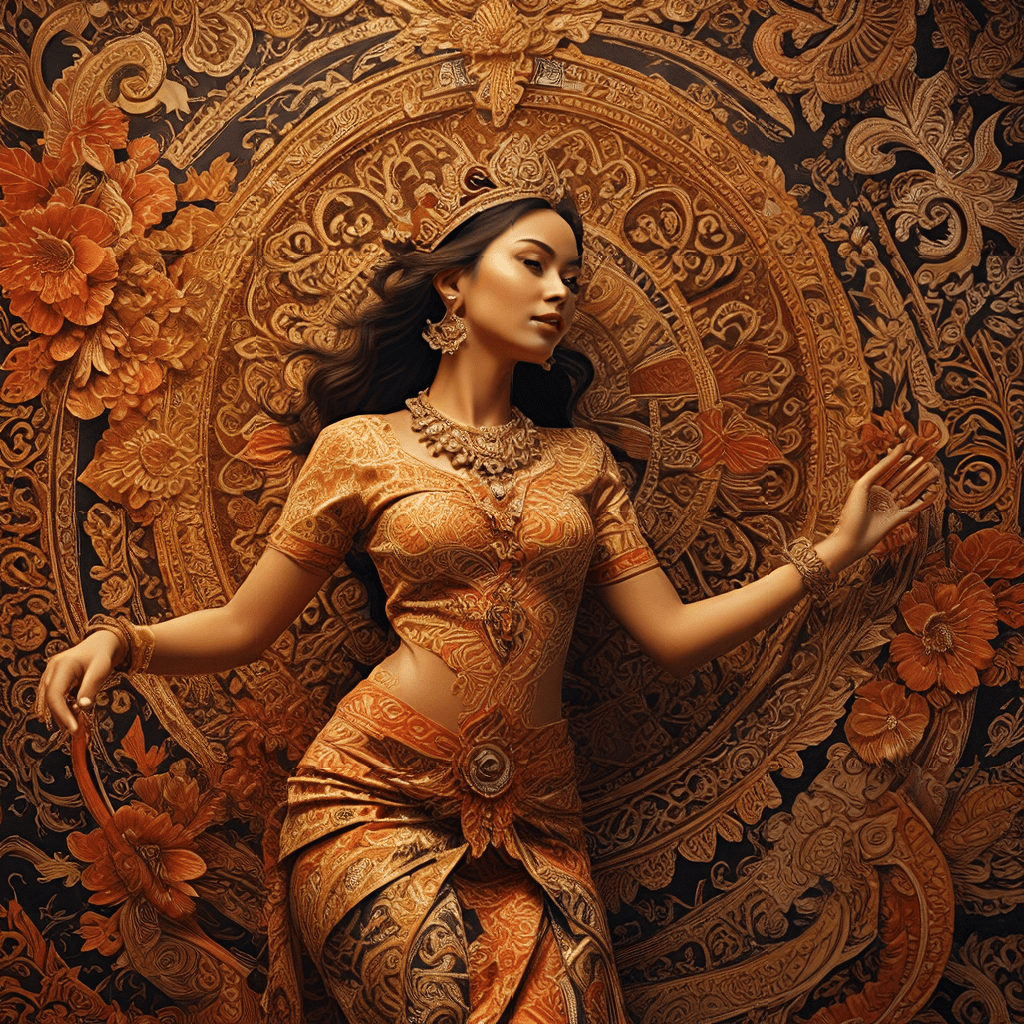Xochiquetzal: The Flowery Feather
Xochiquetzal, a prominent figure in Aztec mythology, is a goddess whose name itself embodies the essence of her domain: "Xochi" meaning flower and "quetzal" referring to the vibrant green and red feathers of the resplendent quetzal bird. This name, a captivating blend of beauty and nature, paints a vivid picture of Xochiquetzal’s multifaceted role in Aztec cosmology.
She is not merely a goddess of love, but a multifaceted deity encompassing a wide range of human experiences. From the blossoming of flowers to the birth of children, from the intoxicating allure of love to the captivating artistry of music and dance, Xochiquetzal’s influence permeates countless facets of life.
Although her name evokes the image of a delicate flower, Xochiquetzal embodies a potent and multifaceted power. She is a celestial force symbolizing vibrant life, creative expression, and the enduring spirit of nature. Xochiquetzal’s presence is felt within the hearts of individuals, families, and communities, embodying a powerful connection between the human realm and the divine.
A Goddess of Love, Beauty, and Fertility
Xochiquetzal is best known as the Aztec goddess of love, beauty, and fertility. Her association with these concepts stems from her role as a protector and guide for women throughout their lives. From adolescence to motherhood, Xochiquetzal presided over the stages of a woman’s journey, nurturing their physical and emotional growth.
She is often depicted as a stunningly beautiful woman adorned with flowers. These floral embellishments are not just for decoration but represent the blossoming of life, beauty, and the cyclical nature of creation. Xochiquetzal’s beauty is not merely physical but radiates inward, reflecting her compassion, grace, and connection to the natural world.
Xochiquetzal’s influence extends beyond individual women to encompass fertility and reproduction within the community. She is believed to guide couples seeking to conceive and ensures the safe passage of newborns into the world. This nurturing presence extends to women during childbirth, ensuring their well-being and the health of their offspring.
Her Origins: From Earthly Flower to Celestial Being
Xochiquetzal’s origins are shrouded in myth and legend, her story woven intricately into the tapestry of Aztec creation narratives. Some accounts depict her as a celestial being born from the stars, her divine essence radiating throughout the universe. Others describe her as a beautiful flower that blossomed into a radiant goddess, her beauty and fragrance captivating the hearts of gods and mortals alike.
Regardless of her specific origins, Xochiquetzal’s transformation from earthly flower to celestial being underscores her deep connection to nature. She represents the inherent beauty and resilience of the natural world, its ability to bloom and flourish even in the face of adversity.
The transformation of Xochiquetzal is symbolic of human evolution and the potential for growth found within each individual. She encourages us to embrace our own unique qualities, like a flower blossoming in its own time and space, and to recognize the divine potential that resides within us.
Embracing the Life Cycle: Xochiquetzal’s Connection to Birth, Marriage, and Death
Xochiquetzal’s influence extends beyond the realm of love and beauty. She is also deeply connected to the cyclical nature of life, death, and rebirth. Her domain encompasses not only the joy of birth and the celebration of marriage but also the acceptance of death as a natural part of the cycle.
Her association with death is not a somber one but reflects the transformative nature of life. Just as flowers wither and die, only to give way to new growth, Xochiquetzal reminds us that death is merely a transition, leading to renewal and rebirth.
This connection to the life cycle underscores Xochiquetzal’s role as a guide and protector throughout all stages of life. She is a source of comfort in the face of loss and a beacon of hope in the face of uncertainty.
Beyond Love: The Goddess of Arts, Crafts, and Games
Xochiquetzal’s influence extends beyond love and fertility to encompass the world of artistic expression, craftsmanship, and recreational activities. She is considered the patron of artists, musicians, and dancers, inspiring them with her creative energy and aesthetic sensibilities.
Her presence is felt in the intricate designs of Aztec pottery, the vibrant colors of their textiles, and the graceful movements of their dances. Xochiquetzal is believed to inspire these artistic endeavors, imbuing them with a sense of joy, beauty, and spiritual resonance.
Beyond the traditional arts, Xochiquetzal is also associated with games and play. The Aztecs believed that games were not simply for amusement but a way to connect with the divine and to develop important life skills. Xochiquetzal encouraged people to embrace their playful side and to find joy in simple pleasures.
The Divine Couple: Xochiquetzal and Her Consort, the God Xochipilli
Xochiquetzal, despite her independent power, is often linked to Xochipilli, the Aztec god of flowers, beauty, and games. They are considered a divine couple, representing the harmonious union of love, fertility, and creativity. Xochipilli embodies the masculine counterpart to Xochiquetzal’s feminine essence, aligning their roles within the Aztec pantheon.
Their relationship symbolizes the union of opposing forces, resulting in a vibrant and dynamic energy that permeates the natural and spiritual realms. Their complementary roles, as expressed in Aztec mythology, highlight the importance of balance and harmony in all aspects of life.
Xochipilli shared Xochiquetzal’s love for music, dance, and artistic expression, often depicted alongside her in ceremonies and celebrations. Together, they embody the joyous energy of creativity and the life-affirming power of love and beauty.
Xochiquetzal's relationship with Xochipilli emphasizes her role as a bridge between the masculine and feminine energies, highlighting the importance of both in creating a vibrant and balanced world. Their union, a powerful symbol in Aztec mythology, underscores the importance of complementary forces in achieving harmony and prosperity.
The Myth of Xochiquetzal’s Capture: A Story of Loss and Redemption
One of the most prominent myths surrounding Xochiquetzal tells the story of her capture by Tezcatlipoca, the god of trickery and war. This myth delves into themes of loss, redemption, and the constant struggle between light and darkness.
It is said that Tezcatlipoca, consumed by envy for Xochiquetzal's beauty and power, disguised himself as a handsome young man and lured her away from her home. He imprisoned her, seeking to extinguish her influence and claim her power for himself.
The myth portrays a battle between opposing forces, with Tezcatlipoca representing the darkness and Xochiquetzal embodying the light. Xochiquetzal's capture symbolizes a period of darkness and loss, but her eventual escape and liberation represent the triumph of hope and resilience.
This myth resonates with the human experience of loss and suffering, but it also offers hope for redemption and a return to light. Xochiquetzal's story serves as a reminder that even in the face of adversity, the spirit of love, beauty, and creativity can prevail.
Interpretations and Representations: Xochiquetzal in Art and Literature
Xochiquetzal’s influence is evident in Aztec art, literature, and religious practices. She is often depicted as a beautiful woman adorned with flowers, her vibrant colors reflecting the beauty and vibrancy of life. Her presence is seen in intricate sculptures, colorful murals, and captivating poems.
Xochiquetzal's representations often include symbolic elements that highlight her connection to nature, love, and fertility. Flowers, birds, and other symbols of beauty and abundance are frequently used to represent her potent and multifaceted power.
One of the most famous depictions of Xochiquetzal is found in the Codex Borbonicus, a collection of Aztec manuscripts. Her image, with its elaborate floral adornments and graceful posture, embodies the essence of her power and influence.
Xochiquetzal and Modern Culture: A Lasting Legacy
Xochiquetzal's legacy extends beyond the realm of Aztec mythology, influencing art, literature, and modern culture. Her image appears in contemporary art, music, and literature, serving as a source of inspiration for artists and creative individuals.
Her spirit of love, beauty, and creativity continues to inspire individuals to embrace life's joys and to celebrate the power of human expression. Xochiquetzal's influence is a testament to the enduring power of mythology and its ability to connect with people across cultures and time.
Theories on Xochiquetzal’s Significance: A Reflection of Aztec Society and Beliefs
Xochiquetzal's role in Aztec mythology reflects the values and beliefs of the Aztec society. Her association with fertility and reproduction underscores the importance of family and community in Aztec culture. Her role as a protector of women speaks to the high regard for women within Aztec society and their vital role in maintaining the social fabric.
Xochiquetzal's connection to art and creativity highlights the Aztecs' appreciation for beauty and artistic expression, recognizing its vital role in enriching human experience. Her association with games and play reinforces the Aztec belief in the importance of balance and harmony in all aspects of life.
Xochiquetzal's multifaceted nature reflects the complex and nuanced worldview of the Aztecs. She embodies the interconnectedness of life, death, and rebirth, reflecting their cyclical understanding of the universe.
FAQs
-
Q: What does Xochiquetzal symbolize?
-
A: Xochiquetzal is the Aztec goddess of love, beauty, fertility, and artistic expression. She symbolizes the vibrant life force of nature, the joy of creation, and the transformative power of love.
-
Q: Why is Xochiquetzal depicted with flowers?
-
A: Flowers symbolize Xochiquetzal's connection to nature, fertility, and the cyclical nature of life. They represent the blossoming of life, beauty, and the enduring spirit of nature.
-
Q: How is Xochiquetzal related to Xochipilli?
-
A: Xochiquetzal and Xochipilli form a divine couple in Aztec mythology, representing the harmonious union of love, fertility, and creativity. They are often depicted together in ceremonies and celebrations.
-
Q: What is the significance of Xochiquetzal's capture by Tezcatlipoca?
-
A: The myth of Xochiquetzal's capture is a powerful story about loss, redemption, and the constant struggle between light and darkness. It reflects the human experience of adversity and the triumph of hope and resilience.
-
Q: What is Xochiquetzal's lasting legacy?
- A: Xochiquetzal's spirit of love, beauty, and creativity continues to inspire individuals across cultures and time. She serves as a source of inspiration for artists and creative individuals, reminding us to embrace life's joys and to celebrate the power of human expression.




